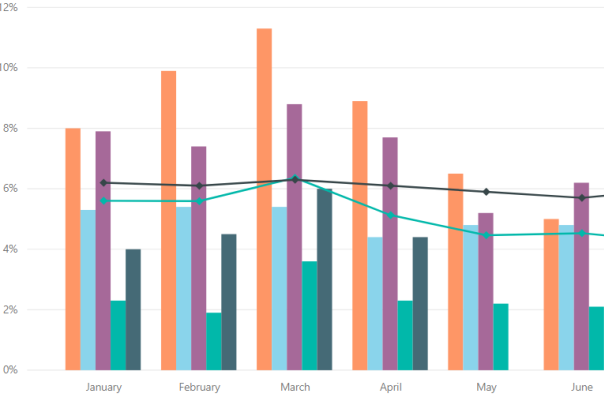(seasonally unadjusted)
In September 2018, the unemployment rate1 in the tourism sector was at 4.7%, which is 0.7% higher than the rate reported in September 2017, and lower than the previous month (August 2018), when the unemployment rate stood at 5.1%.
At 4.7%, tourism’s unemployment rate was below Canada’s seasonally unadjusted unemployment rate of 5.4%.
All tourism industry groups reported higher unemployment rates than the same month last year (Table 1).
On a provincial basis, tourism unemployment rates ranged from 2.7% in Prince Edward Island and Saskatchewan to 7.0% in Manitoba.
The seasonally unadjusted unemployment rates for tourism in each province, with the exceptions of Quebec, Manitoba, and British Columbia, were below the rates reported for the provincial economy. (Figure 1).
Tourism employment comprised 11.6% of the total Canadian labour force for the month of September.
| Tourism Industry Group2 | Unemployment Rate – September 2017 |
Unemployment Rate – September 2018 |
|---|---|---|
| Tourism | 4.0% | 4.7% |
| Accommodations | 5.3% | 5.5% |
| Food and Beverage | 4.4% | 5.0% |
| Recreation and Entertainment | 4.9% | 5.3% |
| Transportation | 1.4% | 3.0% |
| Travel Services | 0.0% | 2.7% |
1 To determine unemployment rates, industrial (NAICS) classifications are based on the most recent job held within the past year, and are self-identified by the respondent. Unemployed persons are those who, during the reference period, were available for work but were on temporary layoff, were without work, or were to start a new job within four weeks.
2 As defined by the Canadian Tourism Satellite Account. The NAICS industries included in the tourism sector are those that would cease to exist or operate at a significantly reduced level of activity as a direct result of an absence of tourism. Source: Statistics Canada Labour Force Survey, customized tabulations. Based on data for the week ending September 15, 2018.

